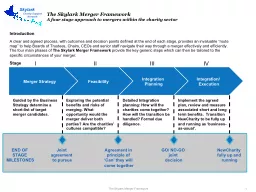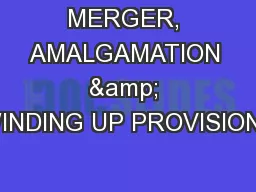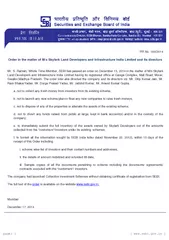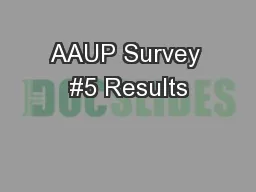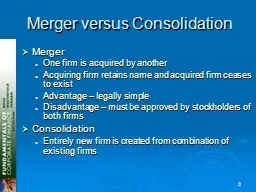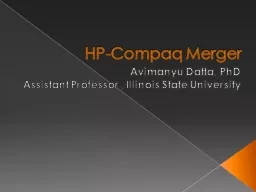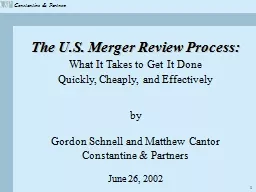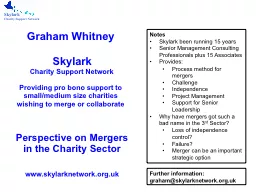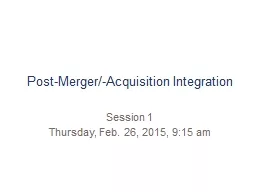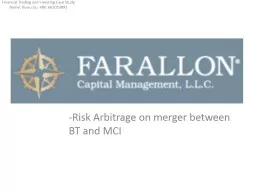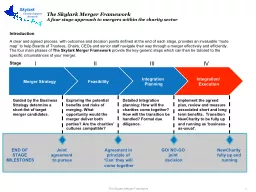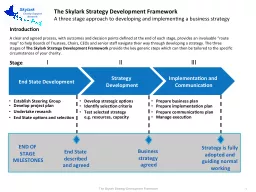PPT-The Skylark Merger Framework
Author : alexa-scheidler | Published Date : 2018-03-17
A four stage approach to mergers within the charity sector Guided by the Business Strategy determine a shortlist of target merger candidates Merger Strategy Feasibility
Presentation Embed Code
Download Presentation
Download Presentation The PPT/PDF document "The Skylark Merger Framework" is the property of its rightful owner. Permission is granted to download and print the materials on this website for personal, non-commercial use only, and to display it on your personal computer provided you do not modify the materials and that you retain all copyright notices contained in the materials. By downloading content from our website, you accept the terms of this agreement.
The Skylark Merger Framework: Transcript
Download Rules Of Document
"The Skylark Merger Framework"The content belongs to its owner. You may download and print it for personal use, without modification, and keep all copyright notices. By downloading, you agree to these terms.
Related Documents

